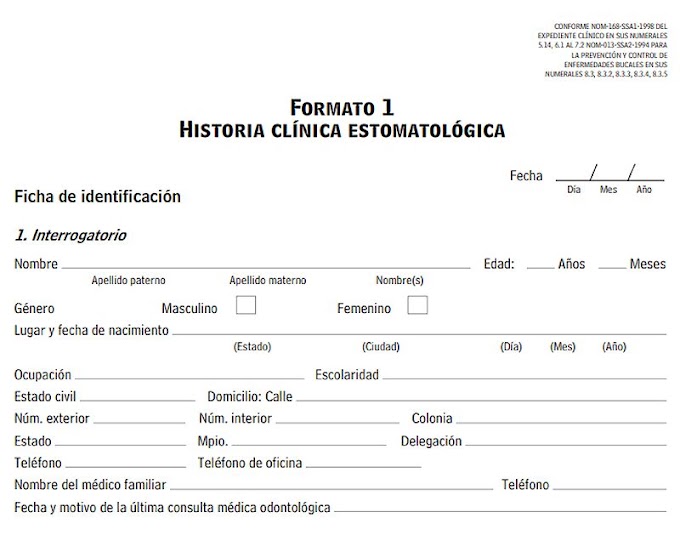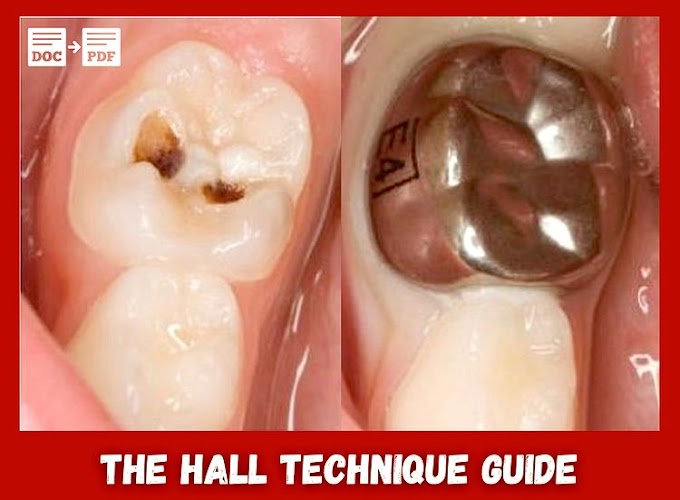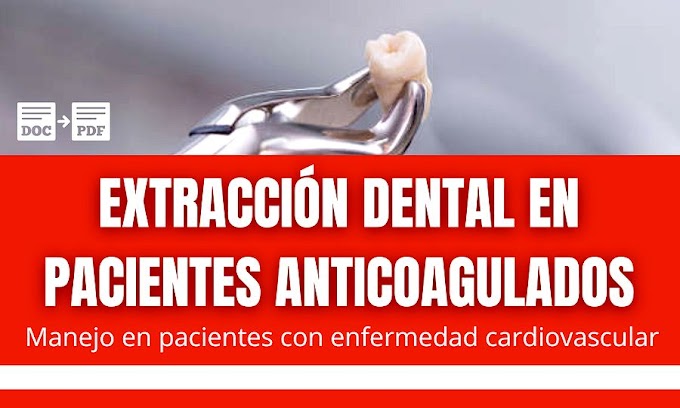For well over a thousand years, civilizations have attempted to solve the problem of tooth loss by implanting some type of "foreign material" into the jawbone.
Archeologists have discovered fragments of seashells and carved stones embedded in the jaws of ancient Mayans that date back to 600 A.D. In fact, in some instances these early implants proved to be "fused" to the bone! Since then, dental implants have certainly come a long way. The most significant advancement in the field occurred in the 1950s, with the discovery that titanium has the inherent property of forming a direct physical bond with living bone tissue.
► Read article: Alveolar ridge preservation after dental extraction and before implant placement: a literature review
Like many great discoveries in history, this one occurred quite accidentally as a Swedish orthopedic surgeon found he could not remove the titanium optic chambers he had implanted some time earlier in the leg bones of rabbits. The term "osseointegration" ("osseo" – bone: "integration" – fusion, or joining with) was later coined, and today it serves as the biological basis for the incredible success rates modern-day dental implants boast.
Suddenly, thanks to titanium's unique properties of fusing directly to bone, being highly biocompatible and being very strong, dental implants began taking on a new shape – and that shape just so happened to be the root of tooth. Today, most major implant manufacturers around the world fabricate what's known as "root-form" dental implants. They each have their subtle differences, and they come in various widths and lengths for any sized job, but the underlying theme is the same. They're all designed to be surgically inserted into the jawbone in order to support a tooth or, together with other implants, multiple teeth.
Over the last 40 years, quite a bit has been learned about how the surface characteristics of a titanium implant influences the speed at which it "integrates" into the jawbone. Initially, dental implants were smooth surfaced. But an improved understanding of bone biology has changed that. We now know bone likes to grow against a roughened surface. Additionally, because a rough surface has more "surface area" then a smooth surface, there's more bone tissue in contact with a roughened implant than a smooth one. In short, the biological bonding process of osseointegration, which could take up to six months with smooth implants, has been shortened to about six weeks with today's surface roughened implants.
What Does Any of This Mean to a Patient Who Needs Dental Implants?
Essentially, the "healing time" of any dental implant is the time it takes for osseointegration to occur. For that to happen, a newly inserted implant should not receive any kind of force that could cause it to move, or it will not bond securely with the bone. Instead, it will form a soft-tissue connection, which is very weak, and it may indeed then become a source of infection. Consequently, the final crown or restoration will typically not be inserted until after this "biological fusion" has taken place. Historically, there has always been a lag in time from when the dental implant or implants were inserted until the time the patient receives their teeth, or whatever dental prosthesis they support.
► Read article: PERI-IMPLANTITIS: Causes, Treatment and Prevention
As human beings, like anything else in life, once we've discovered something that works, we now want it to work faster. Thus, in more recent decades, the focus has been on trying to reduce or eliminate the time period between dental implant insertion and the replacement of the lost tooth or teeth. To date, tremendous progress has been made.
Almost all dental implants today are fabricated with specialized "threads," similar to those on a screw. These threads, along with variations of the shape of the implant and certain "site preparation" techniques, make it possible for the implant to be inserted so snuggly into the jawbone that teeth can be securely fastened to them the very same day. This is known in the dental profession as "immediate loading" of the implant(s), and it's especially helpful in the scenario when one or more of the more visible front teeth need to be removed and replaced.
Because chewing forces are lower in the front of our mouths than in the back, it's more likely a temporary crown can be successfully placed on an implant the same day it's inserted if it's replacing a front tooth rather than a posterior one. That means no removable temporary appliance to wear – and not having a gap in your smile while waiting for the implant to integrate with the bone. Another benefit of immediate loading is that the aesthetic results are typically much better if a patient has a fixed (non-removable) temporary tooth immediately placed on the implant than if he or she has to wear a removable temporary, or goes with no temporary at all while the implant is integrating with the bone. Modern-day dental implants make that possible.
For those patients who are suddenly faced with losing all of their remaining teeth, or those who have already lost them (there are tens of millions in the U.S. alone), there is a revolutionary implant technique known as the "All-on-4," which enables a patient to receive an entire row of teeth on only four strategically placed dental implants – and all in the same day. This treatment concept incorporates all the up-to-date implant innovations with sophisticated 3-D imaging and "virtual treatment planning" software along with the latest laboratory products. Even patients who've been previously told they aren't good candidates in the past due to a lack of bone are now almost always implant candidates with the All-on-4. Now, in just one day, most any patient can replace an entire set of teeth with dental implants, then go home at night and use them to enjoy their dinner. Now that's progress!













